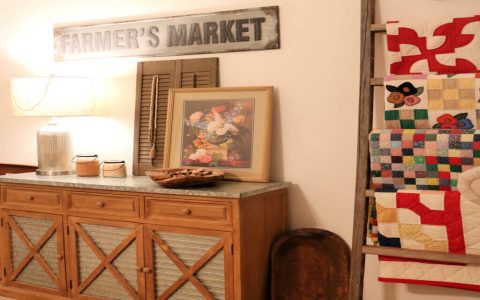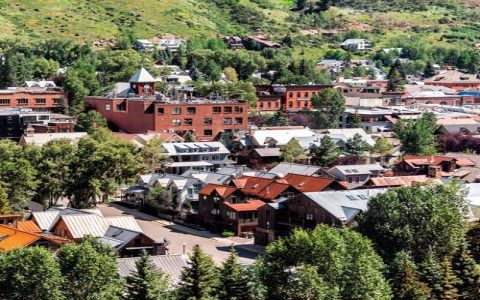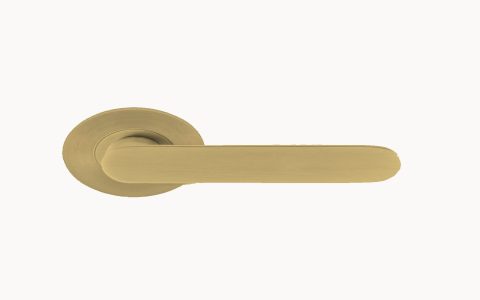Rotate walls are specialized structural elements designed to pivot around a fixed axis, enabling dynamic reconfiguration of interior or exterior spaces. Often integrated into modern architecture, these walls can be manually operated or motorized, shifting positions to alter room layouts without permanent modifications. Common types include pivot doors, rotating partitions, and modular facade systems.
What are Rotate Walls?
In essence, rotate walls function as movable barriers that rotate horizontally or vertically to open, close, or redirect flow. For instance, a full-height rotating wall might divide an open-plan office into private meeting rooms or transform a residential loft into separate zones. Materials like reinforced glass, steel frameworks, or sustainable composites ensure durability and safety, while hinges or bearings facilitate smooth movement.
Why You Might Need One
Implementing rotate walls offers tangible benefits for efficiency and design, making them ideal in various scenarios:

- Space Optimization: In compact urban dwellings or multifunctional offices, rotate walls maximize usable area by eliminating fixed walls, allowing on-demand reconfiguration to suit changing needs.
- Energy Efficiency: Rotating exterior walls, such as those with integrated insulation or solar panels, optimize natural light and heating, reducing reliance on artificial systems and lowering utility costs.
- Accessibility and Flow: They enhance navigation in high-traffic environments like hospitals or retail spaces, providing barrier-free access for mobility-impaired users while maintaining security through adjustable pathways.
- Aesthetic Versatility: As design features, they enable customizable aesthetics—think rotating art displays or color-changing surfaces—to elevate a property's appeal without structural overhauls.
Overall, investing in rotate walls solves challenges related to flexibility, resource conservation, and adaptability, particularly in environments requiring frequent layout changes.







